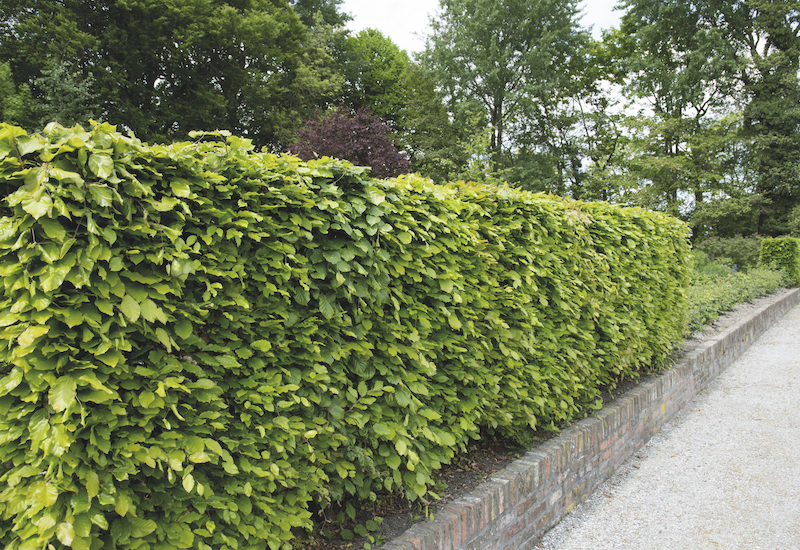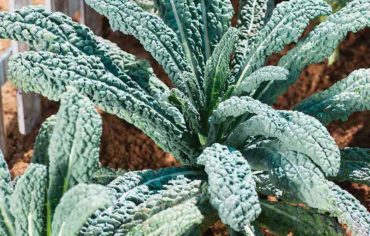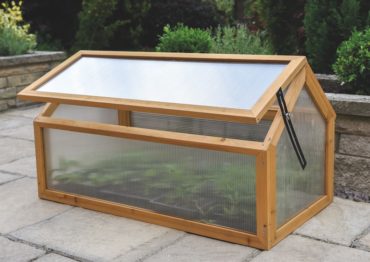Can’t decide whether to plant a hedge or install a fence? Hedging plants are cheap to buy and establish quickly, providing a softer alternative to large fence panels. Here are some of our favourite hedge plants to try, along with top tips to get them off to the best start.
Why are hedges better than fences?
There are plenty of reasons to grow a hedge instead of constructing a fence. Here are the main benefits of planting living boundary:
- Environment. Planting trees and hedges protects biodiversity. Native hedging plants provide food for birds and beneficial insects. Even non-native hedges provide nesting space and shelter for wildlife.
- Sound barrier. A thickly planted hedge absorbs and softens sound from a busy road or school.
- Budget. A hedge is cheaper to plant than a fence, especially when started with bare root plants.
- Wind. Hedging plants absorb and soften strong winds with their layered branching structure and leaves. Fences take the full force of wind, which creates turbulence leading to damage and costly repairs.
- Barrier. Hedges provide excellent security. Plant your security hedge using very spiky plants like holly or berberis. They provide a deterrent to intruders without looking obvious.
- Design. Carefully chosen hedges provide seasonal colour with changing leaves, berries and flowers. Easy to plant in sweeping curves or unusual formations, you can have a bit of fun with the design. Neatly clipped formal hedging provides structure and interest to an Italian garden or as topiary shapes.
- Fun. There are so many hedging plants to choose from! Mix and match your hedging varieties, block plant your favourites, or choose edible or scented plants to add a further dimension.
Which plants make the best hedge?

Image: Plantipp / Visions BV, Netherlands
Most plants and shrubs will happily become a hedge, just plant them in a row and you’re off to a good start! Make sure you choose evergreen hedging plants if you want a screen to hide a view or an unsightly part of the garden all year round. Good choices include native Taxus baccata (yew) which produces attractive red berries during autumn, or the aromatic Laurus nobilis (sweet bay), a fast growing and aromatic option.
On a tight budget? Choose from our special range of value hedging plants. Native deciduous trees like hawthorn and blackthorn are fantastic for wildlife, producing pollinator-friendly blossoms in spring and brightly-coloured edible berries in autumn for the birds. For more suggestions, read our guide to unusual hedging plants.
And if you’re looking for interesting ways to section your garden rather than delineate a boundary, box hedging makes a fantastic choice as it can be kept relatively low and clipped into whatever shape you require. English lavender is another low-growing, scented option that looks lovely growing alongside pathways.
How do I start my hedge?
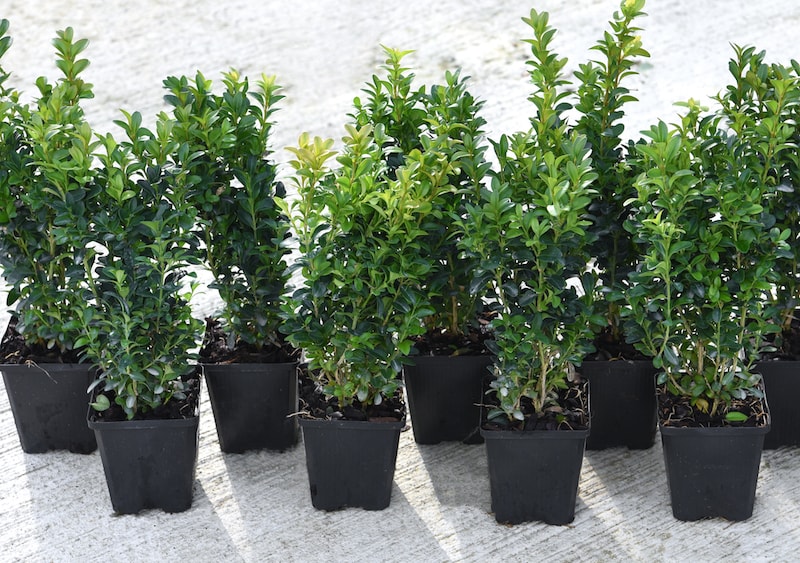
Image: Buxus sempervirens from Suttons
You can grow a hedge using bare root or container grown plants. Bare root hedges are best planted in the autumn and winter while the plants are dormant. A cost-effective option, they look like short, leafless sticks when they arrive but quickly perk up the following spring. See our guide to planting bare root hedges for more information.
Container plants should be planted in spring or early summer. Although more expensive, the benefit to starting your hedge with container plants that arrive in full leaf is that you get an instant screen.
Top tips for planting your hedge
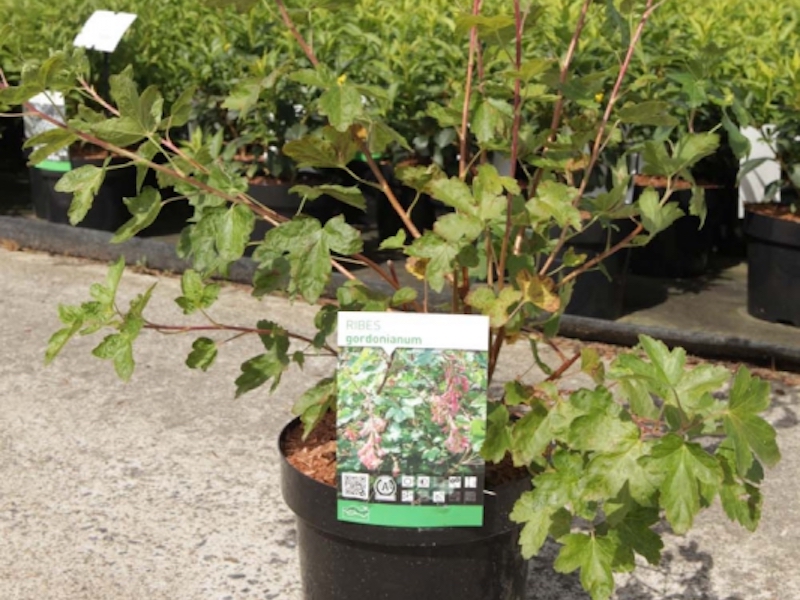
Image: Ribes gordonianum hedging plant from Suttons
Here’s our best advice for planting a hedge:
- Create a planting line to follow before you start digging your trench. Use string or rope stretched taut between two stakes if you want a very long straight hedge.
- For a thicker, soundproofing hedge, or one that needs to stand up to very heavy winds, plant a tightly-spaced, staggered double row.
- Make sure your trench is deep enough to comfortably hold the whole root ball.
- Bury the root ball so the juncture between roots and stem is flush with the ground surface.
- Water your new hedge regularly for the first year or so, especially in periods of dry weather.
We hope we’ve inspired you to choose a living, changing hedge over a solid fence. Head over to our social channels to share your images with us.
Lead Image: Fagus sylvatica (green beech) from Suttons
Last Updated on November 8, 2024 by Suttons Horticultural Team

